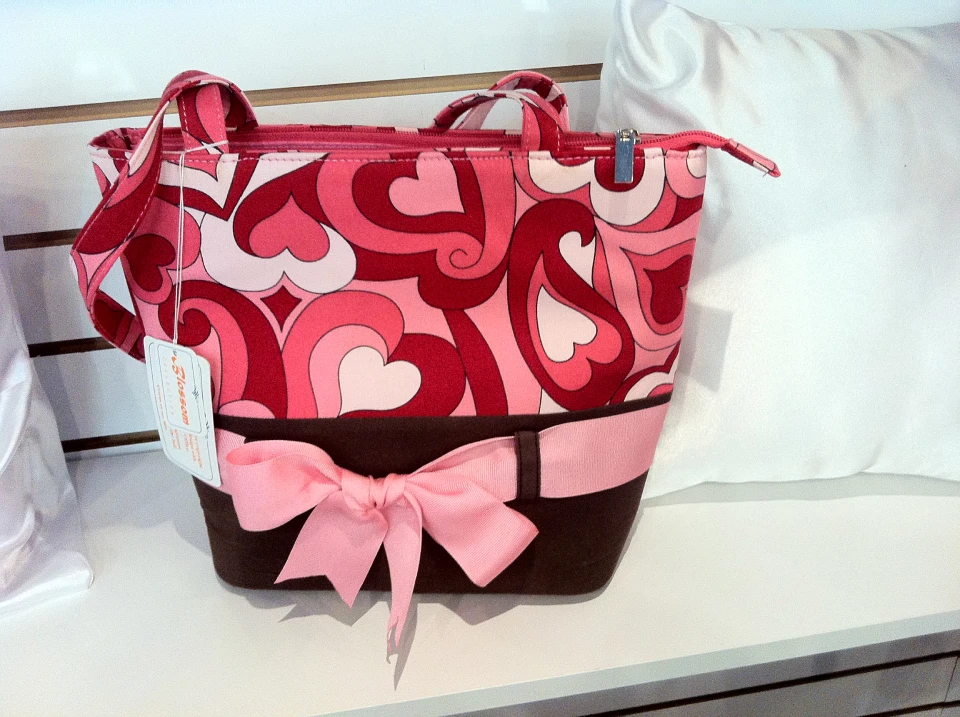The Art of Personalized Embroidery: Unlocking the Tricks to Creating Special and Memorable Styles
The tricks to creating customized needlework designs that captivate the eye and leave a long lasting perception lie in a fragile equilibrium of strategy, creativity, and attention to detail. As we delve into the globe of personalized needlework, we uncover the nuanced interplay between string choice, sew intricacy, and design customization that raises a mere garment to a job of art.
Selecting the Right Embroidery Threads
When selecting embroidery strings, what key factors should you take into consideration to guarantee the very best results for your customized layouts? The choice of embroidery thread is crucial in figuring out the final result of your embroidered layout. One of the main considerations is the material of the thread. Different materials such as cotton, polyester, rayon, and silk use differing degrees of shine, sturdiness, and texture. It is necessary to choose a string material that enhances the textile you are embroidering on and straightens with the wanted look of the design.
Furthermore, the weight or density of the string plays a significant duty in the look of the needlework. Thicker strings can add dimension and texture to your design, while finer strings are excellent for detailed information and tiny message. In addition, thinking about the color fastness and washability of the thread is crucial to guarantee that your customized layouts maintain their high quality and vibrancy with time. By meticulously examining these variables and choosing high-grade strings that meet your specific needs, you can improve the visual charm and durability of your embroidered productions.
Discovering Different Stitch Methods
To dive right into the world of 'Discovering Various Stitch Strategies', one should grasp the details and subtleties that each stitching technique brings to the art of embroidery. Different stitch methods not only include visual passion however also add to the total appearance and dimension of the style. One preferred stitch method is the satin stitch, which involves very closely packed parallel stitches to produce a smooth and shiny surface area, perfect for completing shapes and developing vibrant outlines.
On the other hand, the backstitch is a flexible method often utilized for laying out and adding fine details. It includes sewing backward to create a solid line of needlework. In addition, the French knot stitch includes a tactile element to styles, best for developing textured accents like flower facilities or attractive touches.
Exploring different stitch strategies allows embroiderers to play with light, darkness, and depth within their layouts, boosting the visual charm and imaginative top quality of their needlework tasks. By understanding various stitching methods, one can unlock endless possibilities for creating special and memorable personalized needlework items.
Incorporating Personalized Style Elements
Having actually checked out the complexities of different stitch strategies such as the satin stitch, backstitch, and French knot, the focus currently moves towards integrating customized style aspects in customized needlework jobs. Personalized style elements play an essential duty in making embroidery tasks genuinely distinct and remarkable.
One more way to integrate tailored style elements is by consisting of icons or motifs that hold unique significance to the recipient or reflect their rate of interests and individuality. As an try this out example, integrating a favorite flower, my website animal, or hobby-related sign can make the embroidery layout more meaningful and individualized. Additionally, selecting shades that resonate with the recipient or line up with the desired style can further boost the customization of the needlework task.
Grasping the Art of Color Coordination

One secret facet of shade control is comprehending color theory. This consists of recognizing how various colors communicate with each other, the feelings they share, and exactly how they can be integrated to produce aesthetically appealing styles. By applying shade theory principles, embroiderers can produce harmonious shade combinations that boost the total appearance of the layout.
Additionally, taking notice of contrast is vital in shade coordination. Utilizing contrasting colors can aid specific components of the layout pop, boost clarity, and create a visually vibrant needlework item. By grasping the art of shade sychronisation, embroiderers can boost their designs and produce unforgettable pieces that mens shirt alterations near me reverberate with clients and customers alike.
Enhancing Appearance With Advanced Needlework Stitches
French knots, as an example, are perfect for including little, elevated dots to your layout, simulating the appearance of beads or developing a textured surface. Bullion knots, on the other hand, can be utilized to create twisted, ropelike aspects that add an extravagant feeling to the needlework. Seed stitching entails small, scattered stitches that can load in locations with a multicolor structure, while turkey work develops fluffy, dimensional accents reminiscent of pet hair or foliage. Try out these innovative embroidery stitches enables you to push the boundaries of traditional embroidery and create genuinely special and visually attractive structures in your designs.
Conclusion
Finally, the art of custom-made needlework involves a mix of choosing the appropriate threads, exploring different stitch methods, including personalized design elements, mastering shade coordination, and improving appearance with sophisticated stitches. By comprehending and applying these crucial elements, embroiderers can develop unique and remarkable designs that showcase their creative thinking and skill. Embroidery enthusiasts can open the secrets to creating stunning and bespoke items that stick out and leave a long-term impact.
Comments on “Heat Transfer on T-Shirts and Aprons - Personalized Styles and Logo Designs”